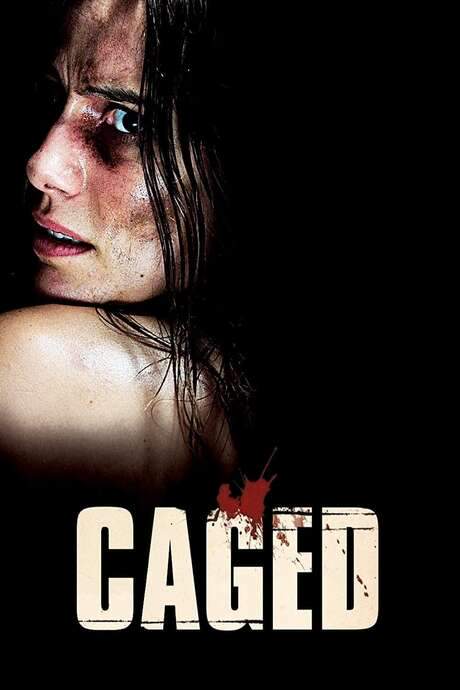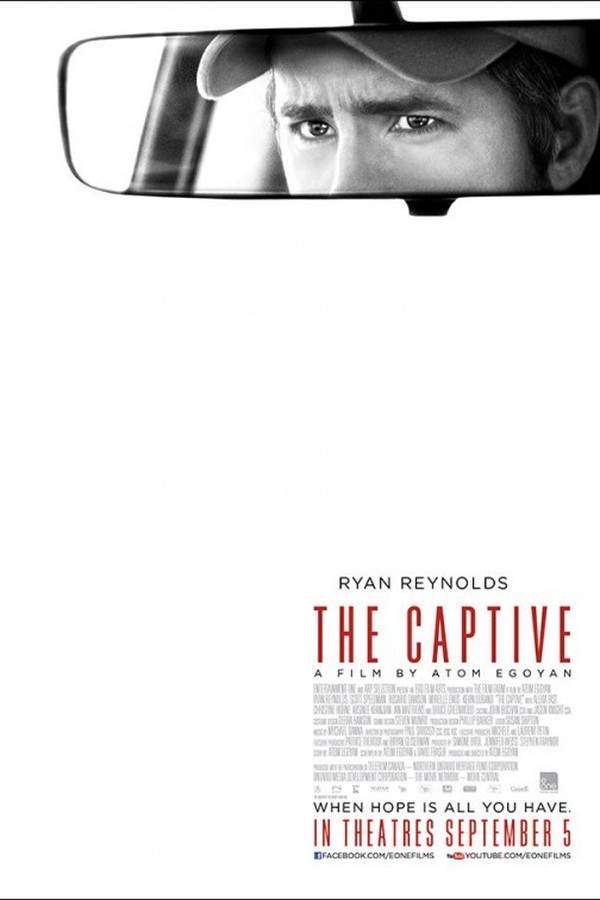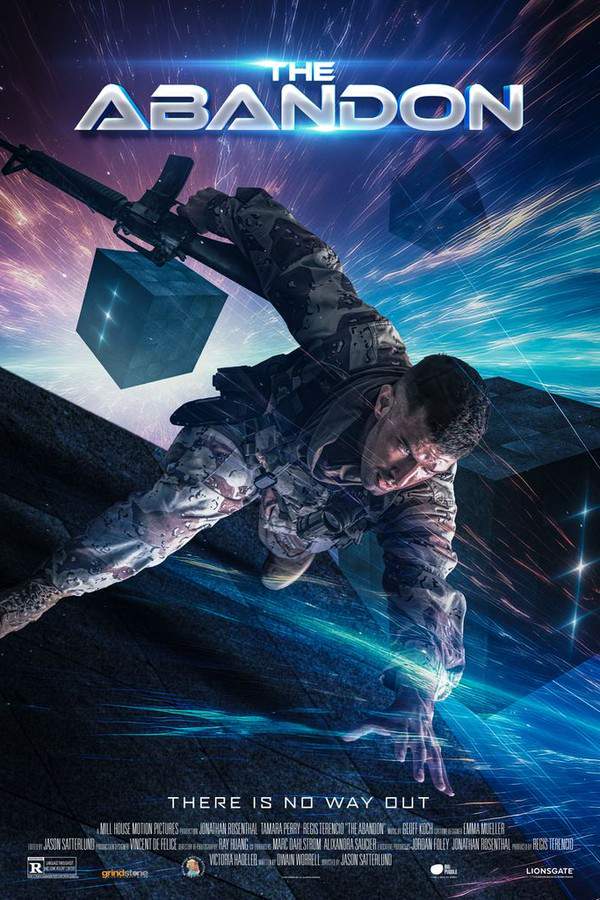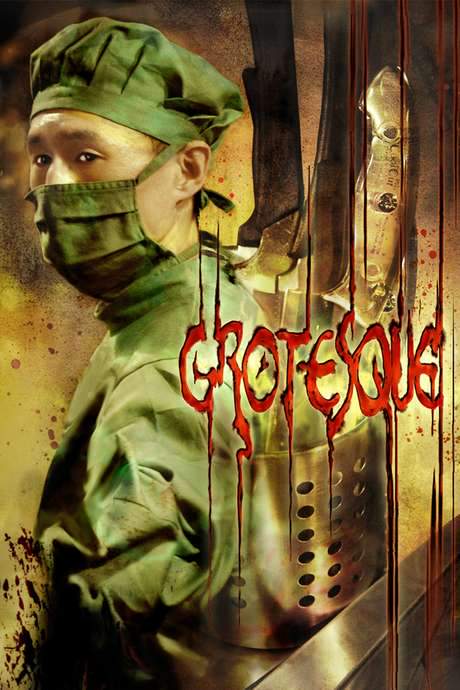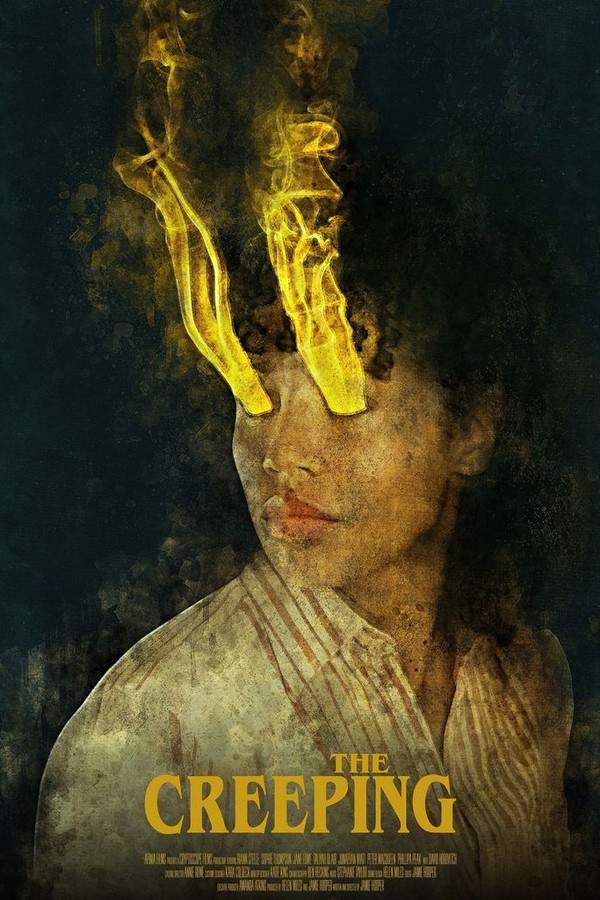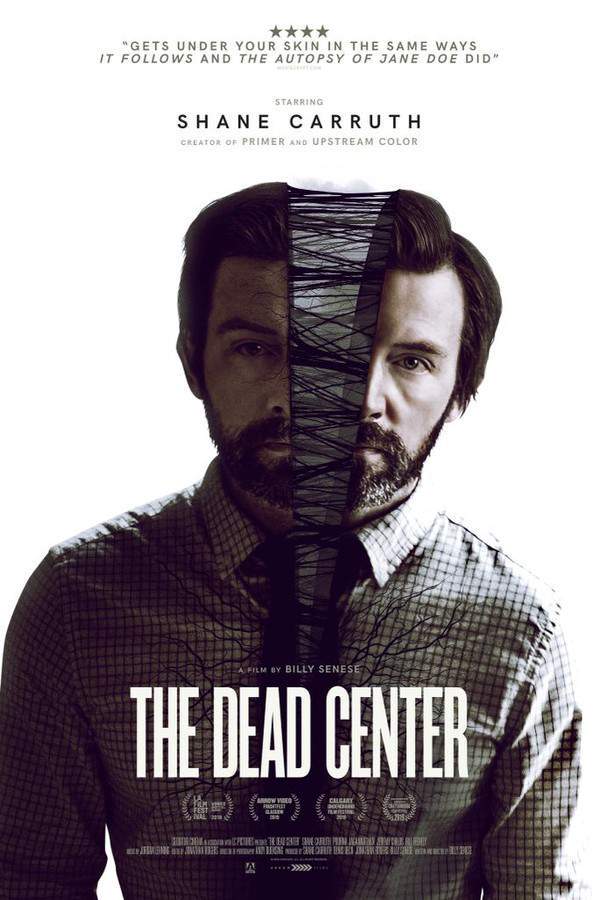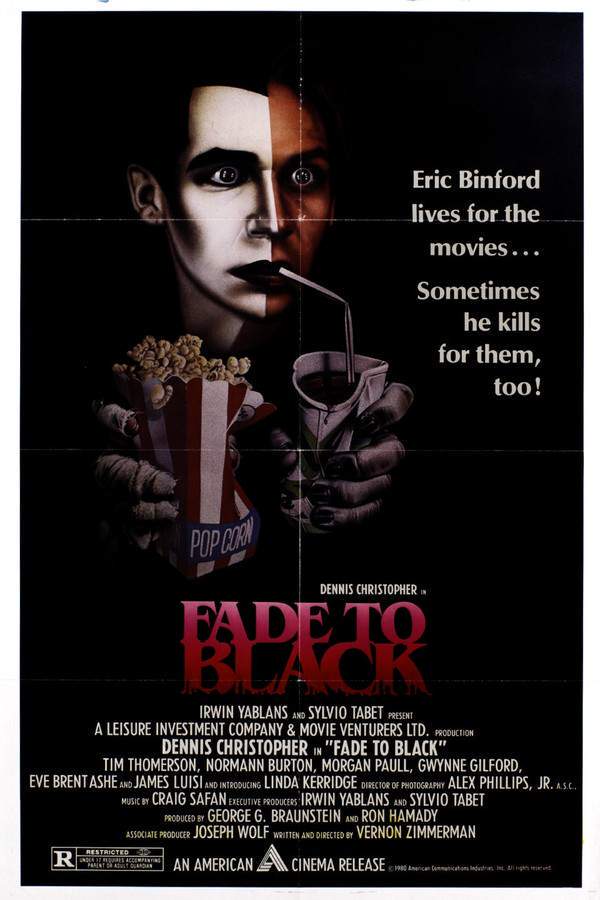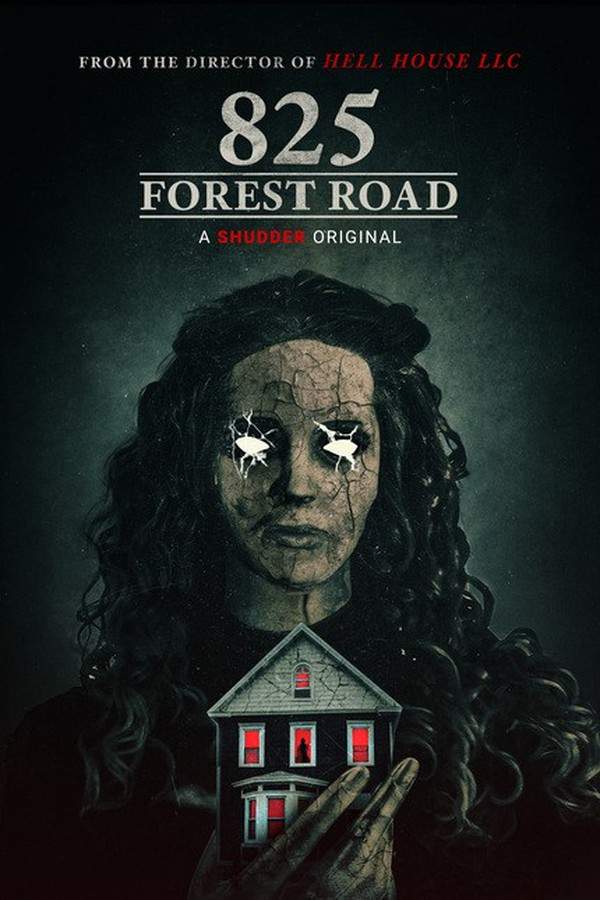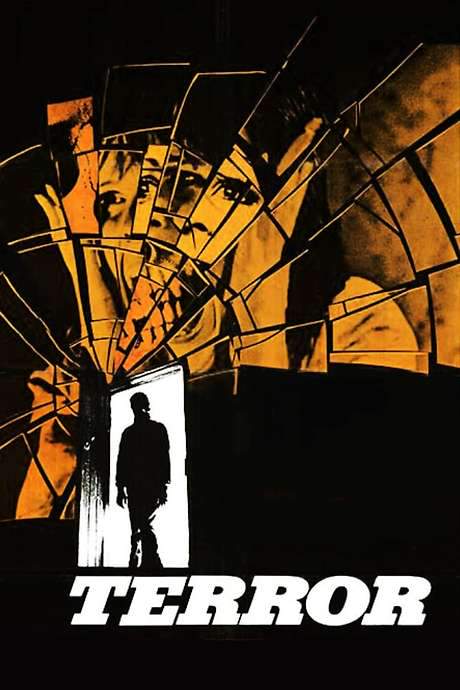
Keepsake
Year: 2010
Runtime: 101 mins
Language: English
Director: Paul Moore
Beneath the world we know, a dangerous lesson is being learned-monsters aren’t born…they’re made.
Keepsake (2010) – Spoiler-Free Movie Summary & Plot Overview
Get a spoiler-free look at Keepsake (2010) with a clear plot overview that covers the setting, main characters, and story premise—without revealing key twists or the ending. Perfect for deciding if this film is your next watch.
In the shadows of an ordinary highway lies a world where the familiar can quickly become disorienting, and the quiet hum of a lone road at night feels like a warning whispered from the dark. Keepsake embraces an indie‑horror aesthetic that leans on creeping tension rather than flash, letting the stark, rural landscape amplify a feeling that something unseen watches from the periphery. The film’s tone is low‑key and unsettling, weaving a mood of isolation with the unsettling notion that the monsters we fear are not born but forged in circumstance.
(Janine) is a striking, willful woman whose night takes a sudden turn when a crash leaves her vehicle crippled on an empty stretch of road. Already uneasy, she reaches for a tow service, only to find the night offering strangers instead of salvation. Her sharp mind and fierce independence clash with the unsettling silence of the darkness, setting up a tension that feels both personal and universal—an ordinary person thrust into an extraordinary and unsettling scenario.
When a tow‑truck pulls up, the driver—a mute, bearded man whose presence feels out of step with the usual roadside assistance—offers help that feels strangely off‑kilter. Their brief, written exchanges hint at a layer of communication that is both pragmatic and unnerving, suggesting that the true danger may lie not in a single act but in the slow, methodical unraveling of trust. The encounter is framed less as a chase and more as a psychological entry point, where the ordinary veneer of a roadside rescue begins to fray.
At its core, Keepsake asks a chilling question echoed in its tagline: are monsters birthed, or are they made? The film invites viewers to linger in the space between expectation and dread, watching as a solitary figure navigates a night that seems to press the ordinary into something far more sinister. The atmosphere is one of quiet menace, where every creak and dimly lit interior suggests that the real horror may stem from what is quietly built within us, waiting for the right moment to surface.
Last Updated: September 09, 2025 at 15:27
Explore Movie Threads
Discover curated groups of movies connected by mood, themes, and story style. Browse collections built around emotion, atmosphere, and narrative focus to easily find films that match what you feel like watching right now.
Movies about psychological captivity like Keepsake
Stories of brutal confinement where the mind becomes the final battleground.If you were gripped by the intense survival horror of Keepsake, this list features similar movies about abduction and confinement. These films focus on characters pushed to their psychological limits, often pitted against a cruel captor in a claustrophobic, brutal setting, creating a tense and heavy viewing experience.
Narrative Summary
The narrative typically follows a straightforward but harrowing premise: a character is trapped and must endure sustained psychological and physical abuse. The conflict is deeply personal, pitting victim against tormentor, with the story exploring the trauma of captivity and the grim will to survive. Flashbacks or distorted memories often add layers to the protagonist's psychological state.
Why These Movies?
These films are grouped by their shared focus on a single, oppressive captivity scenario. They resonate due to their high intensity, dark tone, and heavy emotional weight, creating a deeply stressful and immersive experience centered on themes of power, control, and the fragility of the mind.
Slow burn psychological horror movies like Keepsake
A steady, methodical build of tension that suffocates with psychological unease.For viewers who appreciated the methodical, oppressive tension of Keepsake, this collection highlights similar slow burn psychological horror films. These movies prioritize a steady build of dread over shock, often exploring themes of trauma and memory within a dark, heavy atmosphere that leaves a lasting impact.
Narrative Summary
Stories in this thread unfold at a deliberate, steady pace, allowing tension and unease to simmer and intensify. The narrative often explores internal psychological states—such as trauma, hallucination, or memory—as a primary source of horror. The plot may be straightforward, but it is layered with psychological depth that creates a complex, unsettling emotional journey.
Why These Movies?
These films are united by their shared approach to horror: a methodical pacing that creates sustained dread, a dark and psychologically complex tone, and a focus on the heavy weight of trauma. They provide a similar viewing experience of immersive, anxiety-inducing tension that is more psychological than visceral.
Unlock the Full Story of Keepsake
Don't stop at just watching — explore Keepsake in full detail. From the complete plot summary and scene-by-scene timeline to character breakdowns, thematic analysis, and a deep dive into the ending — every page helps you truly understand what Keepsake is all about. Plus, discover what's next after the movie.
Keepsake Summary
Read a complete plot summary of Keepsake, including all key story points, character arcs, and turning points. This in-depth recap is ideal for understanding the narrative structure or reviewing what happened in the movie.

Keepsake Timeline
Track the full timeline of Keepsake with every major event arranged chronologically. Perfect for decoding non-linear storytelling, flashbacks, or parallel narratives with a clear scene-by-scene breakdown.

Characters, Settings & Themes in Keepsake
Discover the characters, locations, and core themes that shape Keepsake. Get insights into symbolic elements, setting significance, and deeper narrative meaning — ideal for thematic analysis and movie breakdowns.

More About Keepsake
Visit What's After the Movie to explore more about Keepsake: box office results, cast and crew info, production details, post-credit scenes, and external links — all in one place for movie fans and researchers.



